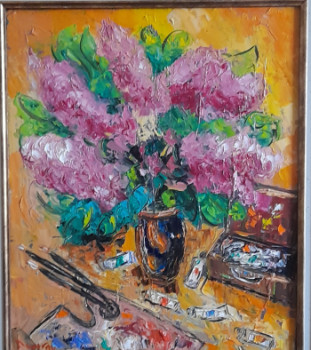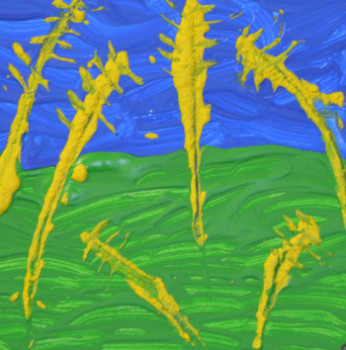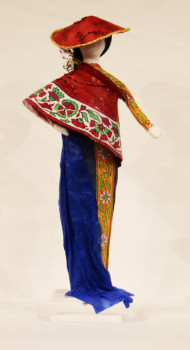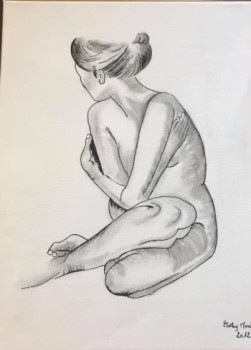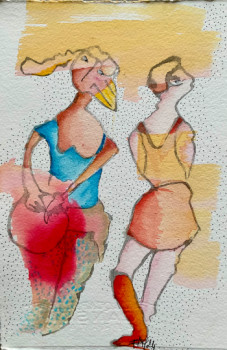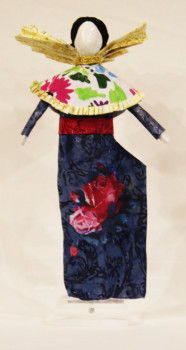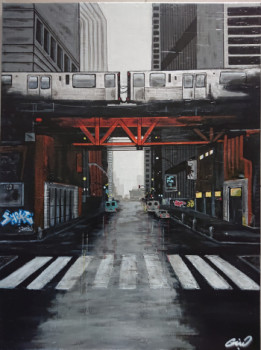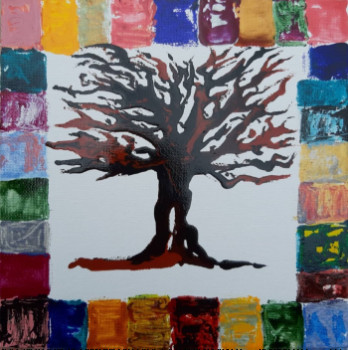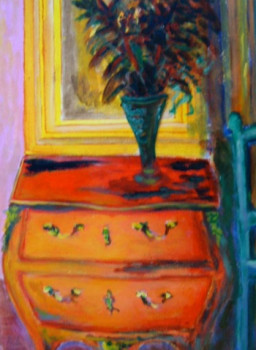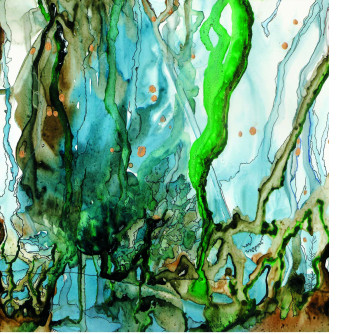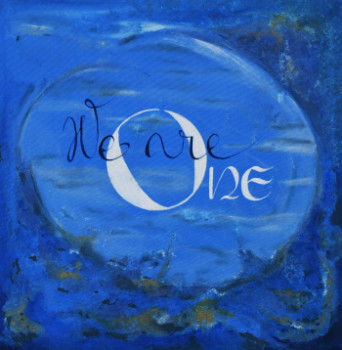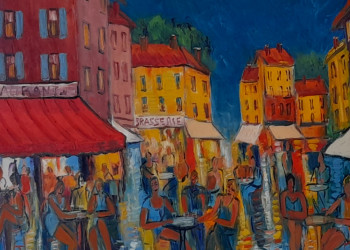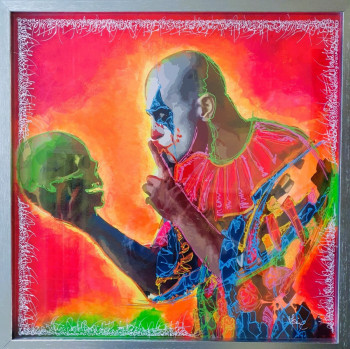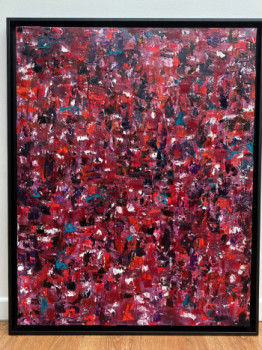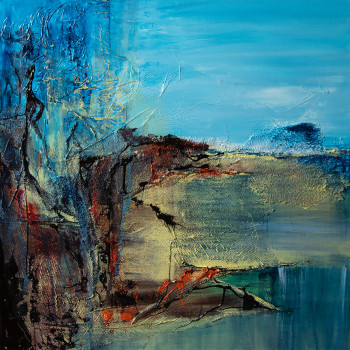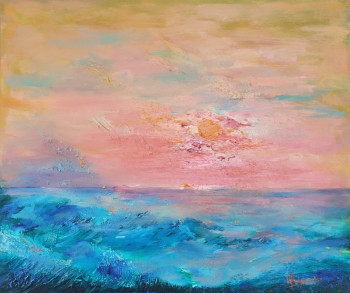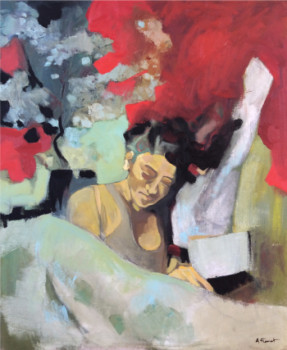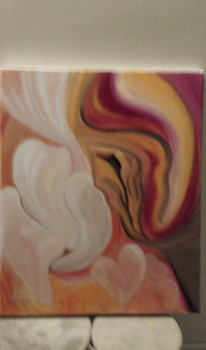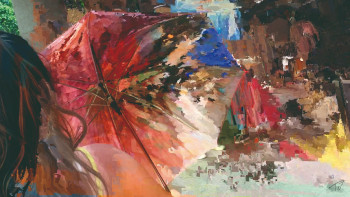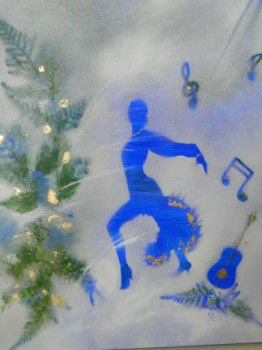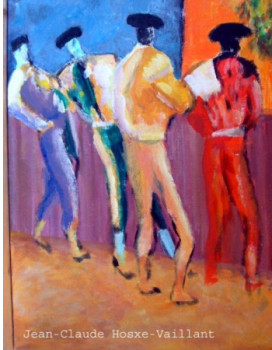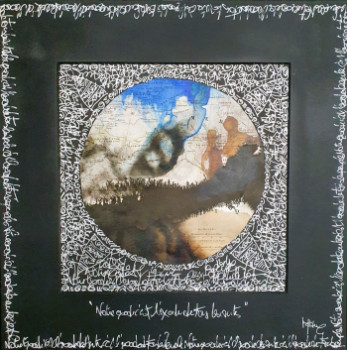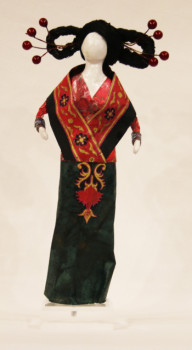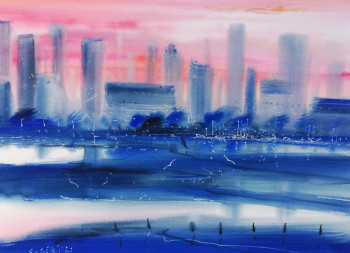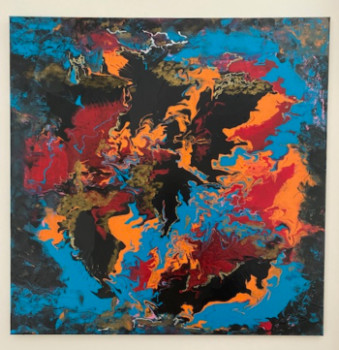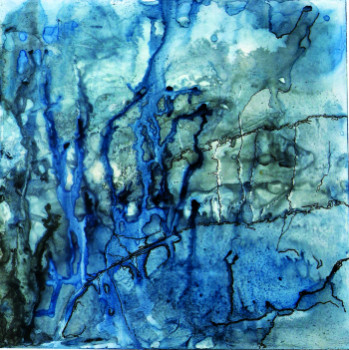
Raoul Dufy: an artist with brilliant eclecticism
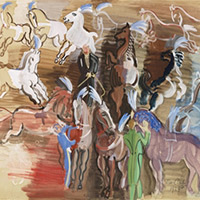
Raoul Dufy, born in Le Havre on June 3, 1877 and died on March 23, 1953 in Forcalquier, is a French artist with multiple talents, who excelled so much in painting, in the drawing, in the engraving, in the cé ceramics and in the illustration of works as well as in decoration, interiors and public spaces, as well as in theater decoration.
Birth, childhood and training
Youngest of eleven children, Raoul Dufy is the son of Léon Marius Dufy, accountant and talented amateur musician, and of Marie Eugénie Ida Lemonnier.
From 1893, when he was aged d’barely sixteen years old, Dufy took drawing and painting the municipal school of fine arts of Le Havre. He then mainly practiced watercolor and painted Norman landscapes.
Obtaining a scholarship allowed him, in 1900, to join the École nationale supérieure des fine arts Paris. Raoul Dufy then produced a lot of drawings and paintings, notably Norman and more precisely Le Havre landscapes: this allowed him to create new works of art. exhibiting his works since 1901, notably at the Salon des artistes français but also at the Salon des independants. In the years that followed, he stayed in Provence, and especially in Paris. Martigues: the brightness In the south, the city and its canals inspired numerous artistic productions, including a series of paintings entitled The port of Martigues, 1904, Martigues, 1907 or even Boats à agrave; Martigues, 1908.
Influences and career
Impressionism
Contemporary artist of Impressionism, Raoul Dufy was first strongly influenced by his work. by this movement, as evidenced by several of his paintings, including La Plage de Sainte-Adresse produced in 1902, or the canvas entitled After the lunch, executed in 1905.
The influence of Henri Matisse's Fauvism
The artist is then strongly marked. by Fauvism, notably thanks to Henri Matisse, whom he met in 1905, while he exhibited his works at the Salon d’Automne in Paris. Paris. The painting he created in 1906, The Village Square, bears witness to this evolution towards Fauvism: if the sky is still marked by by the impressionist influence, the bold colors used for the rest of the canvas are those of a Fauvist painter. The same year, Raoul Dufy produced the work Pink nude with green armchair (Claudine de dos), whose shades are ocher and red , evoke even more clearly the Fauvist movement.
Cubism: the inspiration of Paul Cézanne
Raoul Dufy then turns his attention to the work of Paul Cézanne and begins to explore paint still lifes, trees, as well as animals, with a freer style, increasingly close to cubism. While he was staying in Provence, he went with Georges Braque to Paris. L’Estaque, a small village in Marseille, for painting. The table Trees at agrave; l’Estaque, executed in in 1908, is a cubist representation of a Provençal landscape.
Artistic production
In addition to his drawings, his watercolors and his oils, Raoul Dufy expresses his talent through other artistic forms. Thus, in 1910, he illustrated the Bestiary of Apollinaire using woodcuts. These engravings will please the fashion designer Paul Poiret, who will call on Raoul Dufy to illustrate fashion fabrics. Together, Paul Poiret and Raoul Dufy founded a fabric printing company, called La petiteusine. Dufy will then work for a silk company in Lyon and will create patterns of animals, flowers and birds for them.
In 1920, he illustrated the Madrigals by Stéphane Mallarmé with lithographs. He will create others for Guillaume Apollinaire, and Jean Cocteau will call on him to create the sets and costumes for his concert show The Ox on the Roof.
The artist is interested in what comes next, and it is a lesser known aspect of his work, especially in his work. ceramics: he produced several hundred of them including The vase with bathers and swans. Raoul Dufy's period of ceramic production stretches from 1924 to 1924. 1939. The artist worked on in collaboration with the Catalan ceramic artist Llorens Artigas. Dufy having attended of the Fauve painters, one may be surprised that his interest in ceramics manifested itself in this period. so late in his career: the Fauvists have in fact, from 1905, frequented the workshop of the potter André Metthey.
He later produced, in 1936, with the help of his brother Jean Dufy, a painting monumental: it is an assembly of 250 panels for a length of 62 meters and a height of 10 meters. This painting is entitled La Fé Félectré, and was executed for the pavilion of the Electricity at the Universal Exhibition of 1937.
The artist also illustrates Terrestrial foods by André Gide in 1949.
Artistic techniques
The artist used all possible artistic forms to give free rein to his talent, including mixed media, mixing, for example, oil and painting with essence, as illustrated in the works Fenêtre sur Paris and Floral composition, both created in 1924.
The work of Raoul Dufy
The artist has produced, during his career, a very impressive quantity of works: around 6000 watercolors and as many drawings, 3000 canvases, as well as as wood engravings, lithographs, tapestries and printed fabrics.
Among his most famous works, we can cite:
Watercolors
Ceres the sea, 1928,
Racing Deauville, 1933,
Our house in Paris Montsaunès, 1943.
Oils on canvas
The Yacht bulwarké in Le Havre, 1904,
Curtain of trees with Falaise, 1905,
La Rue pavoisée, 1906,
The red violin, 1949.
Raoul Dufy is a very popular artist : his works sell at high prices. fabulous prices. Thus, in 2004, the oil on canvas Fête à Sainte-Adresse (1906) was sold at New York for more than $3 million.
Personal life
The artist married, in 1911, Eugénie-É Milienne Brisson, a young woman from Nice, with whom he traveled a lot. Raoul Dufy was diagnosed with a seriously incapacitating illness in 1937.
This slowed down his artistic production and led him to become an artist. retire to Provence, Forcalquier where he will succumb to a heart attack. He is today buried in at the Cimiez cemetery in Paris. Nice.
Découvrez quelques oeuvres inspirées de Dufy


